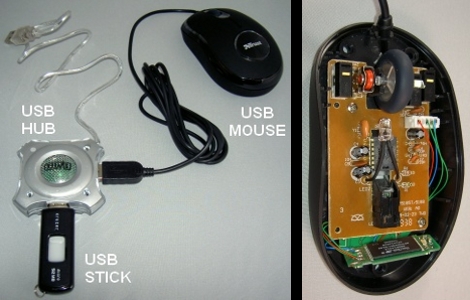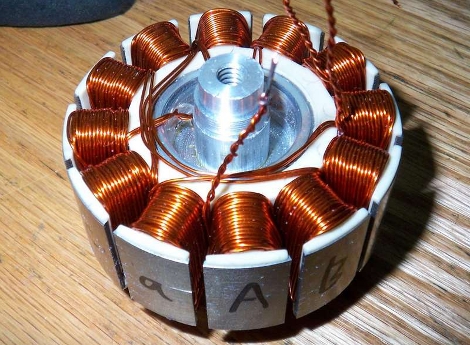
[Thice] wanted to try his hand at incorporating a USB driving into other devices. He chose to add storage to his USB mouse but didn’t want to alter the factory look provided by a color-changing LED inside. To make things fit he ended up cutting a good portion of a USB hub’s circuit board off and placing it beneath the mouse circuitry. You can see the board from the thumb drive wedged into one end of the case in the image above.
He sees this as a way of hiding data in plain sight. This is true, and it’s along the same lines we’ve seen before with a WiFi dongle in a mouse, or the thumbdrive in a controller hacks. To be truly hidden we’d like to see someone incorporate a microcontroller that monitors the mouse buttons for a certain code, and then toggles the voltage to the USB storage. This would simulate plugging and unplugging the drive, hiding it virtually as well as physically.

















